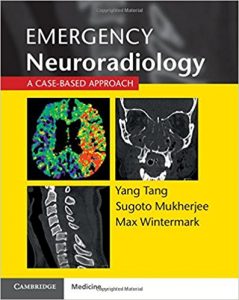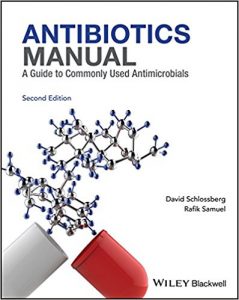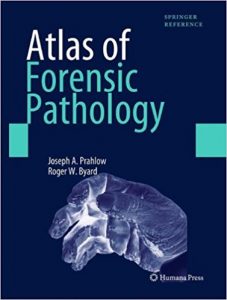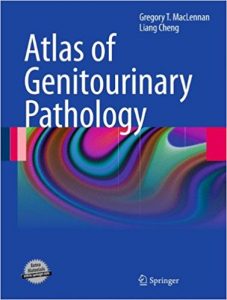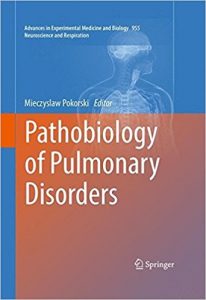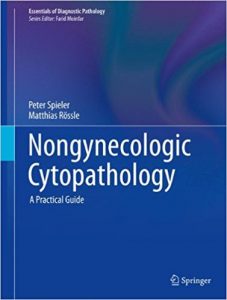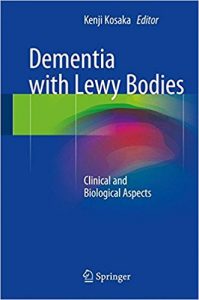The Survival Medicine Handbook: A Guide for When Help is Not on the Way
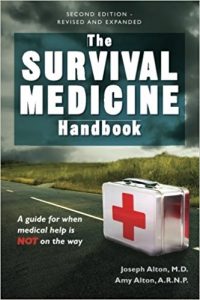
[amazon template=iframe image2&asin=0988872536]
The 2nd edition Survival Medicine Handbook(tm) is a guide for those who want to be medically prepared for any disaster where help is NOT on the way. This book is written by Joe Alton, M.D. and Amy Alton, A.R.N.P., the premiere Medical Preparedness Professionals from the top ten survival website doomandbloom dot net. This book is available in print and kindle, and print book buyers can take advantage of Kindle’s matchbook program to also buy the digital version for just $2.99 (normal retail $24.99). The expanded second edition of the 3 category Amazon bestseller (Survival Skills, Disaster Relief, Safety/First Aid) is geared to enable the non-medical professional to deal with all the likely issues they will encounter in catastrophic scenarios. The Survival Medicine Handbook ™ is not your standard first aid book. It assumes that no hospital or doctor is available in the aftermath of a catastrophic event. This book will give you the tools to handle injuries and illness for when YOU might be the end of the line with regards to your family’s medical well-being. In circumstances where medical personnel are overwhelmed and access to modern technology is limited or non-existent, The Survival Medicine Handbook(tm) is the essential reference book for every library. Written in plain English, you’ll find step-by-step instructions on how to identify and treat over 100 different medical issues. The second edition also covers alternative remedies for almost every possible medical condition in situations where modern healthcare is inaccessible. Here’s just some of the topics covered: · MEDICAL PREPAREDNESS BECOMING A MEDICAL RESOURCE · THE EFFECTIVE SURVIVAL MEDIC · FACTORS TO CONSIDER WHEN PREPARING · LIKELY MEDICAL ISSUES YOU WILL FACE · MEDICAL SKILLS YOU WILL WANT TO LEARN · MEDICAL SUPPLIES NATURAL REMEDIES · ESSENTIAL OILS · THE MEDICINAL GARDEN · THE PHYSICAL EXAM · THE MASS CASUALTY INCIDENT · PATIENT TRANSPORT · HYGIENE-RELATED MEDICAL ISSUES · LICE, TICKS, AND WORMS · DENTAL ISSUES · RESPIRATORY INFECTIONS · FOOD AND WATER-BORNE ILLNESS · DIARRHEAL DISEASE/DEHYDRATION · DEALING WITH SEWAGE ISSUES · FOOD POISONING · APPENDICITIS/ABDOMINAL PAIN · URINARY TRACT INFECTIONS · HEPATITIS · PELVIC AND VAGINAL INFECTIONS · WOUND INFECTIONS · ABSCESSES · TETANUS · MOSQUITO BORNE ILLNESS · FUNGAL INFECTIONS · HYPERTHERMIA (HEAT STROKE) · HYPOTHERMIA · ALTITUDE SICKNESS · WILDFIRE PREPAREDNESS · TORNADO PREPAREDNESS · HURRICANE PREPAREDNESS · EARTHQUAKE PREPAREDNESS · ALLERGIC REACTIONS ASTHMA · POISON IVY, OAK, AND SUMAC · RADIATION SICKNESS · BIOLOGICAL WARFARE · MINOR WOUNDS · MAJOR AND HEMORRHAGIC WOUNDS · SOFT TISSUE WOUND CARE · WOUND CLOSURE/OPEN WOUNDS · LOCAL ANESTHESIA AND NERVE BLOCKS · HOW TO SUTURE/STAPLE SKIN · BLISTERS, SPLINTERS, AND FISHHOOKS · NAIL BED INJURIES · BURN INJURIES · ANIMAL BITES · SNAKE BITES · INSECT BITES AND STINGS · HEAD INJURIES · SPRAINS AND STRAINS · DISLOCATIONS · FRACTURES · AMPUTATION · THYROID DISEASE · DIABETES · HIGH BLOOD PRESSURE · HEART DISEASE AND CHEST PAIN · ULCER AND ACID REFLUX DISEASE · SEIZURE DISORDERS · JOINT DISEASE · KIDNEY AND GALL BLADDER STONES · SKIN CONDITIONS · VARICOSE VEINS · CPR · HEADACHE · EYE PROBLEMS · NOSEBLEED · EARACHE · HEMORRHOIDS · BIRTH CONTROL, PREGNANCY, AND DELIVERY · ANXIETY AND DEPRESSION · SLEEP DEPRIVATION · ESSENTIAL OVER THE COUNTER DRUGS · A PRIMER ON PAIN MEDICATIONS · NATURAL PAIN RELIEF · STOCKPILING MEDICATIONS HOW TO USE ANTIBIOTICS, · EXPIRATION DATES









